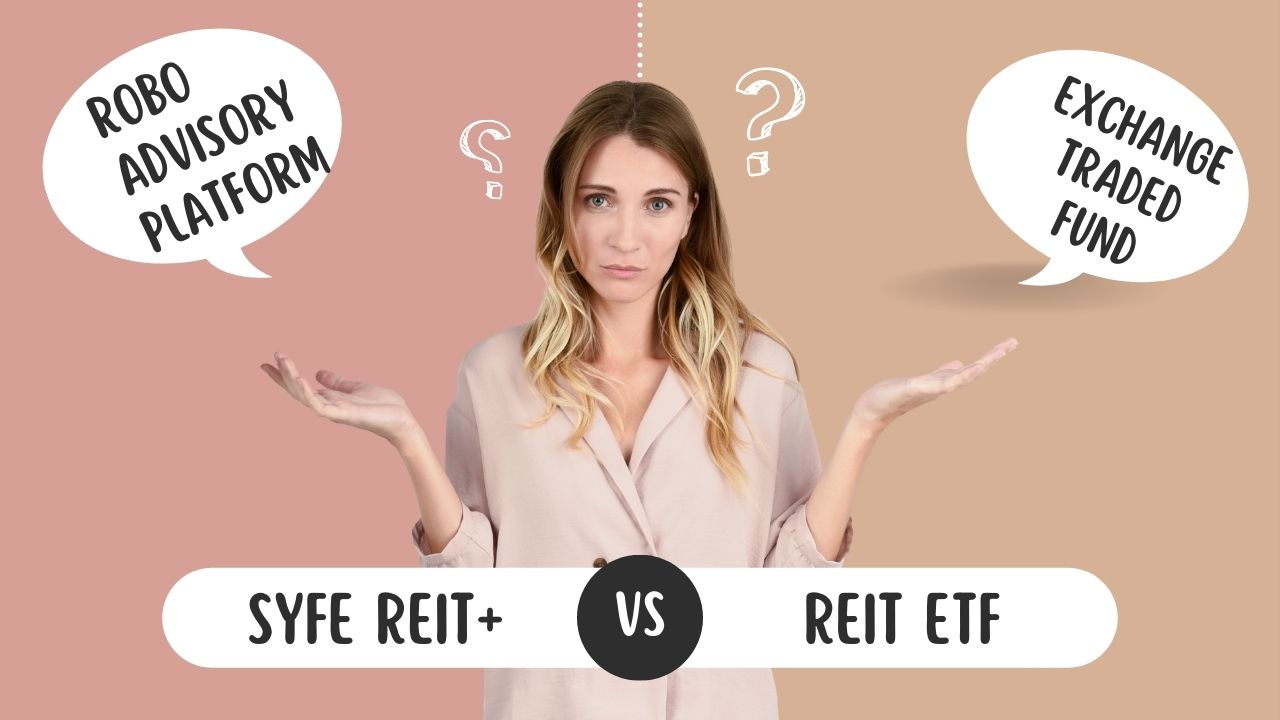Did you know that data center demand is expected to grow by over 300% across Asia-Pacific by 2026? That’s right! While everyone’s talking about AI, few realize how dramatically it’s reshaping commercial real estate markets.
Hi there, welcome back to The Kopi Notes. Today, we’re diving into a unique investment opportunity that lets you ride the AI and data boom through a familiar vehicle: REITs. Specifically, we’re looking at CapitaLand Ascendas REIT, or CLAR, and how it’s quietly positioning itself at the intersection of real estate and the digital revolution.
THE AI MEGATREND AND REAL ESTATE
The global AI market is projected to reach $1.8 trillion by 2030. But here’s what most people miss: AI doesn’t just live in the cloud. It needs physical infrastructure—data centers, business parks, and logistics facilities to support its massive computing needs.
This is where traditional real estate and cutting-edge technology converge.
CLAR’S UNIQUE POSITIONING
CapitaLand Ascendas REIT isn’t your typical shopping mall REIT. It’s strategically positioned with an impressive portfolio spanning:
- High-tech business parks where AI companies develop their tech
- Modern data centers powering cloud computing
- Advanced logistics hubs enabling digital commerce
With properties across Singapore, Australia, the US, Europe, and key Asian markets, CLAR has built a diversified portfolio that serves as the backbone of the digital economy.
SUBTOPIC 1: OVERVIEW OF CLAR’S DATA CENTRE AND HIGH-TECH ASSET PORTFOLIO
Let’s break down CLAR’s impressive tech-focused portfolio:
In Singapore, CLAR owns and operates multiple data centers in strategic locations like Kallang and Tai Seng, with over 1 million square feet of data center space. These facilities are built to Tier 3 or Tier 4 standards, providing the highest levels of reliability.
In Europe, CLAR has expanded its data center footprint with facilities in key markets like the UK and Netherlands, taking advantage of the region’s growing digital infrastructure needs.
Their business parks, particularly in Singapore’s one-north and International Business Park, house R&D centers for major tech companies working on AI applications.
The logistics component isn’t just traditional warehouses—these are highly automated facilities with advanced sorting technologies, supporting the e-commerce ecosystem that AI is transforming.
What’s particularly impressive is that CLAR’s occupancy rates for these high-tech assets consistently exceed 95%, showing strong demand from quality tenants.
SUBTOPIC 2: CLAR VS TRADITIONAL RETAIL REITS IN A DIGITAL ECONOMY
Think about the challenges facing traditional retail REITs in the e-commerce era. Now contrast that with CLAR’s position:

While traditional retail REITs are fighting to stay relevant with expensive mall renovations and struggling to maintain occupancy, CLAR benefits from the very digital trends that challenge retail. Its weighted average lease expiry (WALE) tends to be longer, often 5+ years versus 3 years for retail, providing more income stability.
Even during economic downturns, data usage continues to grow, making CLAR’s assets more recession-resistant than discretionary retail spaces.
SUBTOPIC 3: HOW CLAR’S ASSETS ARE SERVING AI/CLOUD GIANTS
CLAR’s tenant roster reads like a who’s who of tech and AI innovation:
Major cloud providers like Amazon Web Services lease substantial data center space from CLAR, using it to power their AI and machine learning platforms.
Google and Microsoft have established significant presence in CLAR’s business parks, where they develop and test new AI technologies.
Regional tech firms like Sea Limited (Shopee’s parent company) utilize CLAR’s logistics facilities to implement AI-driven supply chain optimization.
What makes CLAR attractive to these tech giants?
- Their facilities are built to exact specifications required for AI computing
- Strategic locations near submarine cable landing stations for minimal latency
- Robust power infrastructure with redundancy for 24/7 operations
- Cooling systems designed specifically for high-density computing
The result? CLAR enjoys premium rental rates from these blue-chip tech tenants, often 20-30% higher than traditional office rents in the same areas.
SUBTOPIC 4: MACRO TAILWINDS: SINGAPORE AS A TECH HUB, GLOBAL CLOUD SPENDING GROWTH
Singapore is positioning itself as an AI and tech hub for Asia through initiatives like:
- The National AI Strategy 2.0, which aims to make Singapore a global AI leader
- Over $1 billion in government funding allocated to digital infrastructure
- Tax incentives specifically for data center operators and tech companies
- Strategic location as a gateway between East and West
Global cloud spending is projected to exceed $1 trillion by 2028, with Asia-Pacific seeing the fastest growth at 30% annually. CLAR is perfectly positioned to capture this explosive growth.
The rise of edge computing—bringing computing power closer to data sources—is driving demand for smaller, distributed data centers in business parks exactly like those CLAR owns.
With companies moving from capital expenditure to operating expenditure models for their IT infrastructure, leasing from REITs like CLAR becomes more attractive than building proprietary facilities.
SUBTOPIC 5: ESG INTEGRATION: HOW CLAR MANAGES ENERGY EFFICIENCY
Data centers are notorious energy consumers, but CLAR is addressing this through innovative approaches:
- Implementation of liquid cooling technology that reduces energy consumption by up to 40%
- Strategic partnerships with renewable energy providers, with goals to achieve 50% renewable energy use by 2030
- Green building certifications for 85% of its portfolio, with BCA Green Mark Platinum ratings for its newest data centers
- Adoption of AI itself to optimize energy usage within its facilities
These initiatives aren’t just good PR—they’re becoming essential as ESG regulations tighten globally and as tech tenants increasingly demand sustainable facilities.
CLAR’s focus on green data centers actually commands premium rents, as tech companies seek to reduce their carbon footprints to meet their own sustainability targets.
THE INVESTMENT CASE
For Singaporean investors, CLAR offers a compelling proposition:
- Stable dividend yields (typically around 5-6%)
- Exposure to the AI and digital economy boom without direct tech stock volatility
- Portfolio diversification across multiple countries and asset classes
- Management team with proven track record in tech-focused real estate
- Potential for capital appreciation as digital infrastructure demand grows
It’s a way to participate in the tech revolution without taking on excessive risk, appealing to both income-seeking retirees and younger investors looking for growth exposure.
CONCLUSION
As we wrap up, consider this: while everyone’s searching for the next AI stock winner, smart investors are looking at the infrastructure that makes AI possible.
CapitaLand Ascendas REIT offers a unique blend of stability and growth—a dividend-paying REIT with significant exposure to the most transformative technology of our time.
If you’re looking for a way to ride the AI wave with less volatility and regular income, CLAR deserves a spot on your watchlist.
That’s all for today’s Kopi Notes. Remember to like, subscribe, and hit the notification bell to stay updated on our latest videos. Share your thoughts in the comments below—would you invest in REITs with tech exposure?











